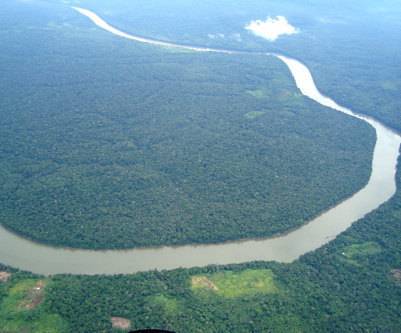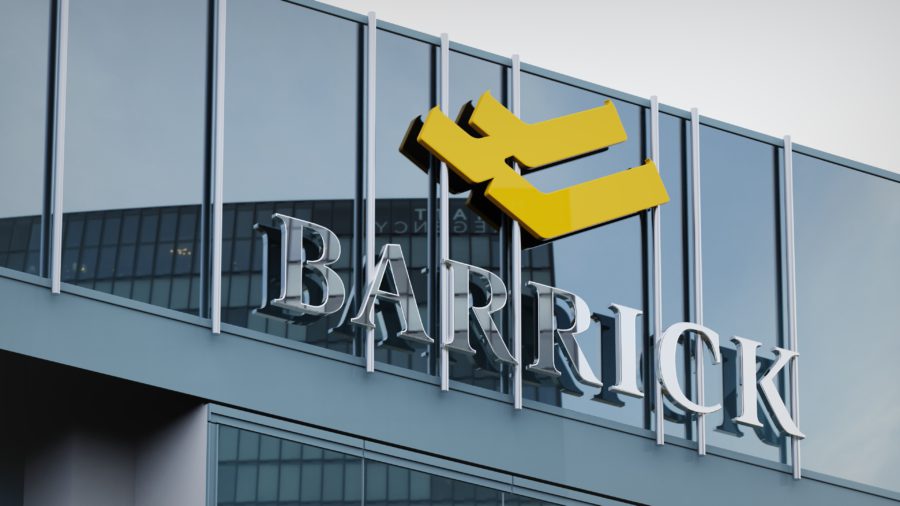Massive new Brazil mine will pipe iron-water slurry 420 kilometres to coast

Reuters reports Hong Kong’s Honbridge Holdings plans to build a 420 kilometre pipeline to move iron-ore from Brazil’s Minas Gerais state to the coast in stead of building a railway line.
The pipeline will carry a slurry of water and iron ore fines to the port of Ilheus on the Atlantic and will add $600 million to the project’s cost estimated between $3.6 billion to $4.2 billion.
The Sul America de Metais (SAM) mine is designed to produce 25 million tonnes per year and the project backers say they have already obtained a water use licence:
The pipeline option was chosen over a rail-transport plan that required the construction of a spur line to the proposed mine and an upgrade to existing track, Estado de Minas reported.
To provide water for the pipeline, SAM plans to build an $80 million dam on the Vacaria River near Salinas, in the north of Minas Gerais, state officials told the paper.
The dam will also provide water to irrigate 500 small farms in the impoverished and drought-prone region.
The world’s first iron ore slurry pipeline – 84 kilometres long – was built in Tasmania off the Australian south coast in 1967. The Savage River pipeline is still in operation.
China-backed SAM is one of a slew of planned new iron ore mines by Vale and companies controlled by billionaire Eike Batista in Brazil, the world’s number two exporter of iron ore. The projects are estimated to increase domestic production of around 420 million tonnes at the moment by as much as 40%.
Top exporter Australia already ships 510 million tonnes of ore per year and Rin Tinto and BHP Billiton have plans to up capacity in the Pilbara region to some 750 million tonnes per annum.
China is the top consumer and producer of the steelmaking ingredient and the annual seaborne iron ore trade is roughly 1 billion tonnes of which Vale, BHP and Rio control 60%.
This week India’s mines minister announced the country was looking at scrapping a 30% iron ore export duty that could bring 100 million tonnes back onto market.
The spot price of 62% iron ore imported into the port city Tianjin in northern China on Friday was $135 a tonne. The price of the commodity has declined more than 8% over the last quarter as demand from top consumer China weakens. Benchmark Tianjin 62% ore averaged a record $168 during 2011.
{{ commodity.name }}
{{ post.title }}
{{ post.date }}

Comments